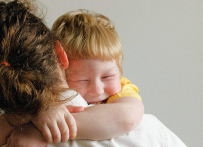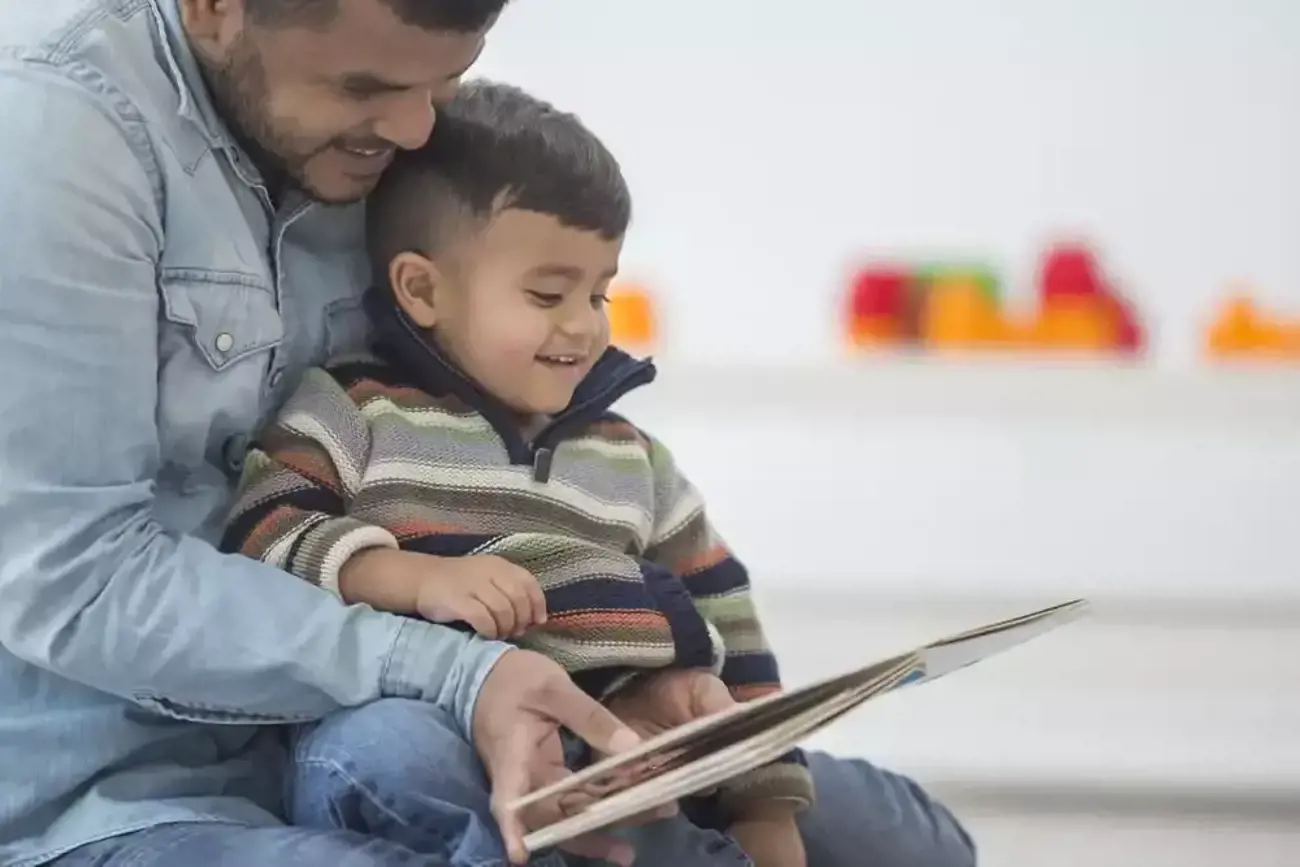There's no doubt that a new chapter has opened up in the world of story time. Where picture books made of paper were once the only option, parents can now share animated stories and audio books with their young children as well.
Are all books created equal? Or do children respond differently, depending on the method of storytelling?
A new study has looked into the way in which young brains process different kinds of stories – those presented in an illustrated, audio and animated format – and it certainly makes for interesting reading.
How do children's brains react to stories?
For the study, Dr John Hutton, researcher and paediatrician at Cincinnati Children’s Hospital looked the four ways that youngsters’ brain networks are engaged by a story. That is, through:
- Language
- Visual perception
- Visual imagery
- The 'default mode network', which Dr Hutton describes as, 'The seat of the soul, internal reflection – how something matters to you.'
For the study, researchers wanted to see how preschoolers responded to different kinds of stories, so they put 27 children, around the age of four, into an FMRI machine measuring brain activity and connectivity between brain networks.
The preschoolers were then presented with three types of stories – one in audio-only form, an animated cartoon and the illustrated pages of a storybook. As it happened, the children's brains reacted differently to each story type, leading researchers to identify the aptly-named 'Goldilocks effect.'
What is the 'Goldilocks effect'?
We all know that porridge can be too hot, too cold or just right, and according to this study, the same can be said for stories.
When it came to the children’s brain activity and network connections, researchers found that:
- Audio-only stories were 'too cold'. In other words, language networks were activated when the preschoolers listened to a story, but they were 'straining to understand’ and there was less overall connectivity.
- Animated stories were 'too hot'. This meant that 'fast-moving media' activated children's visual perception networks but reduced the need for them to imagine and make brain connections. Out of the three storytelling formats, children understood the animated story least.
- Illustrated stories were 'just right'. When preschoolers looked at the pages of a picture book, there was increased connectivity between all four brain networks. Instead of relying only on the words, children looked at the illustrations to make sense of the story and learnt how to 'bring images to life in their minds'.
What does this study mean for modern day storytelling?
This study indicates that good old-fashioned books are best. Researchers concluded that illustrated books provide, 'Visual scaffolding that assists the language network and encourages active imagery and self-reflection in young children'.
Dr Hutton explains that, 'For three- to five-year-olds, the imagery and default mode networks mature late, and take practice to integrate with the rest of the brain, [and] with animation you may be missing an opportunity to develop them.'
As well as developing neural networks, cuddling up with a picture book is also a great way for parents and preschoolers to bond physically and emotionally. It provides opportunities for grown-ups to actively point out words and ask youngsters questions, also known as 'dialogic reading'.
Instead of turning on an audio player or animated story, turn the pages of a picture book and if you'd like to share some electronic stories, then look for narrated, illustrated ebooks for a storytime that ends happily ever after in your child’s brain.
Reference
KQED News

































